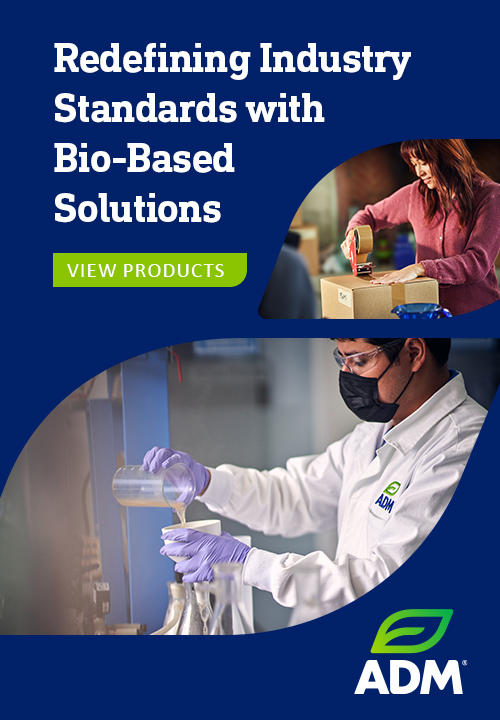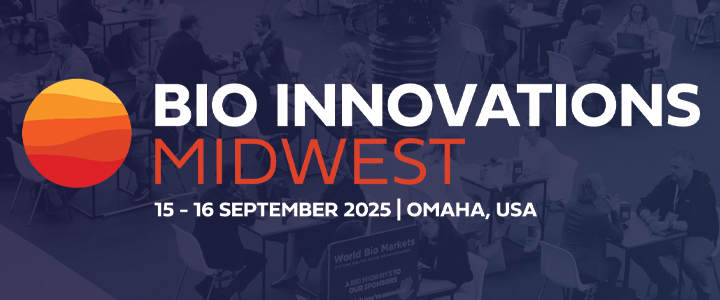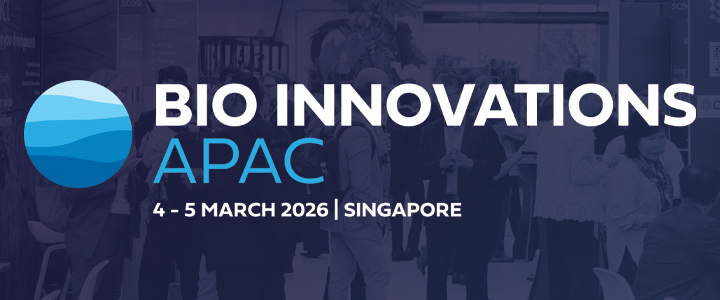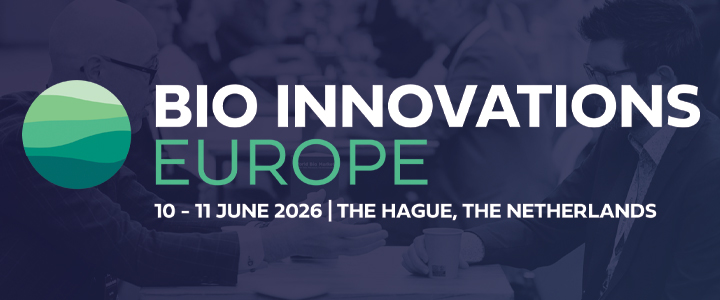PVC, or polyvinyl chloride, is the third highest by volume produced plastic in the world. PVC can be found in hospital equipment, in modern plumbing, window frames, housing trim, siding and flooring. It coats electrical wiring and comprises materials such as shower curtains, tents, tarps and clothing. Additionally, it has a zero percent recycling rate in the United States.
Now, University of Michigan researchers, led by study first author Danielle Fagnani and principal investigator Anne McNeil, have discovered a way to chemically recycle PVC into usable material. The researchers found a way to use the phthalates in the plasticizers — one of PVC’s most noxious components — as the mediator for the chemical reaction. Their results are published in the journal Nature Chemistry.
“PVC is the kind of plastic that no one wants to deal with because it has its own unique set of problems,” said Fagnani, who completed the work as a postdoctoral researcher in the U-M Department of Chemistry. “PVC usually contains a lot of plasticizers, which contaminate everything in the recycling stream and are usually very toxic. It also releases hydrochloric acid really rapidly with some heat.”
Plastic is typically recycled by melting it down and reforming it into the lower quality materials in a process called mechanical recycling. However, when heat is applied to PVC, plasticizers leach out of the material very easily, contaminating other plastics in the recycling stream. Additionally, hydrochloric acid releases easily out of PVC with heat. It could corrode the recycling equipment and cause chemical burns to skin and eyes. Phthalates – a common plasticizer – are highly toxic endocrine disruptors.
Fagnani began exploring electrochemistry as a way to recycle PVC. She and the team discovered that the plasticizer that presents one of the major recycling difficulties could be used in the method to break down PVC. In fact, the plasticizer improves the efficiency of the method, and the electrochemical method resolves the issue with hydrochloric acid.
“What we found is that it still releases hydrochloric acid, but at a much slower, more controlled rate,” Fagnani said.
“PVC is a polymer with a hydrocarbon backbone”, Fagnani says, “composed of single carbon-carbon bonds. Attached to every other carbon group is a chlorine group. Under heat activation, hydrochloric acid rapidly pops off, resulting in a carbon-carbon double bond along the polymer’s backbone”.
The research team uses electrochemistry to introduce an electron into the system, which causes the system to have a negative charge. This breaks the carbon-chloride bond and results in a negatively charged chloride ion. Using electrochemistry, the researchers can meter the rate at which electrons are introduced into the system, which controls how quickly hydrochloric acid is produced.
The acid can then be used by industries as a reagent for other chemical reactions. The chloride ions can also be used to chlorinate small molecules called arenes. These arenes can be used in pharmaceutical and agricultural components. There is material left from the polymer, for which McNeil says the group is still looking for a use. Fagnani says the study shows how scientists might think about chemically recycling other difficult materials.
“Let’s be strategic with the additives that are in plastics formulations. Let’s think about the during-use and end-of-use from the perspective of the additives,” said Fagnani, who is now a research scientist at Ashland, a company focused on making biodegradable specialty additives to consumer goods such as laundry detergents, sunscreens and shampoos. “Current group members are trying to improve the efficiency of this process even more.”
“It’s a failure of humanity to have created these amazing materials which have improved our lives in many ways, but at the same time to be so shortsighted that we didn’t think about what to do with the waste,” McNeil said. “In the United States, we’re still stuck at a 9% recycling rate, and it’s only a few types of plastics. And even for the plastics we do recycle, it leads to lower and lower quality polymers. Our beverage bottles never become beverage bottles again. They become a textile or a park bench, which then ends up in a landfill.”






